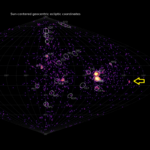Yury Harachka 1 , Ivan Sergei 2 and Ruslan Zavadich
1 Minsk, Belarus
astronominsk@gmail.com
2 Mira Str.40-2, 222307, Molodechno, Belarus
astroseriv@yandex.by
During the night of April 8–9, Yury Harachka and Ruslan Zavadich’s video cameras recorded increased activity of the OAV shower (#00651).
1 Introduction
Normally, the minor shower OAV can be barely distinguished from the generally weak activity of the ANT antihelium meteors. However, in 2023, Yuri Harachka detected increased activity of this shower.
The analysis of the video data has been made by Yury Harachka from Minsk for the observational data from Derazhnoe, Gorodyatichi and Minsk.
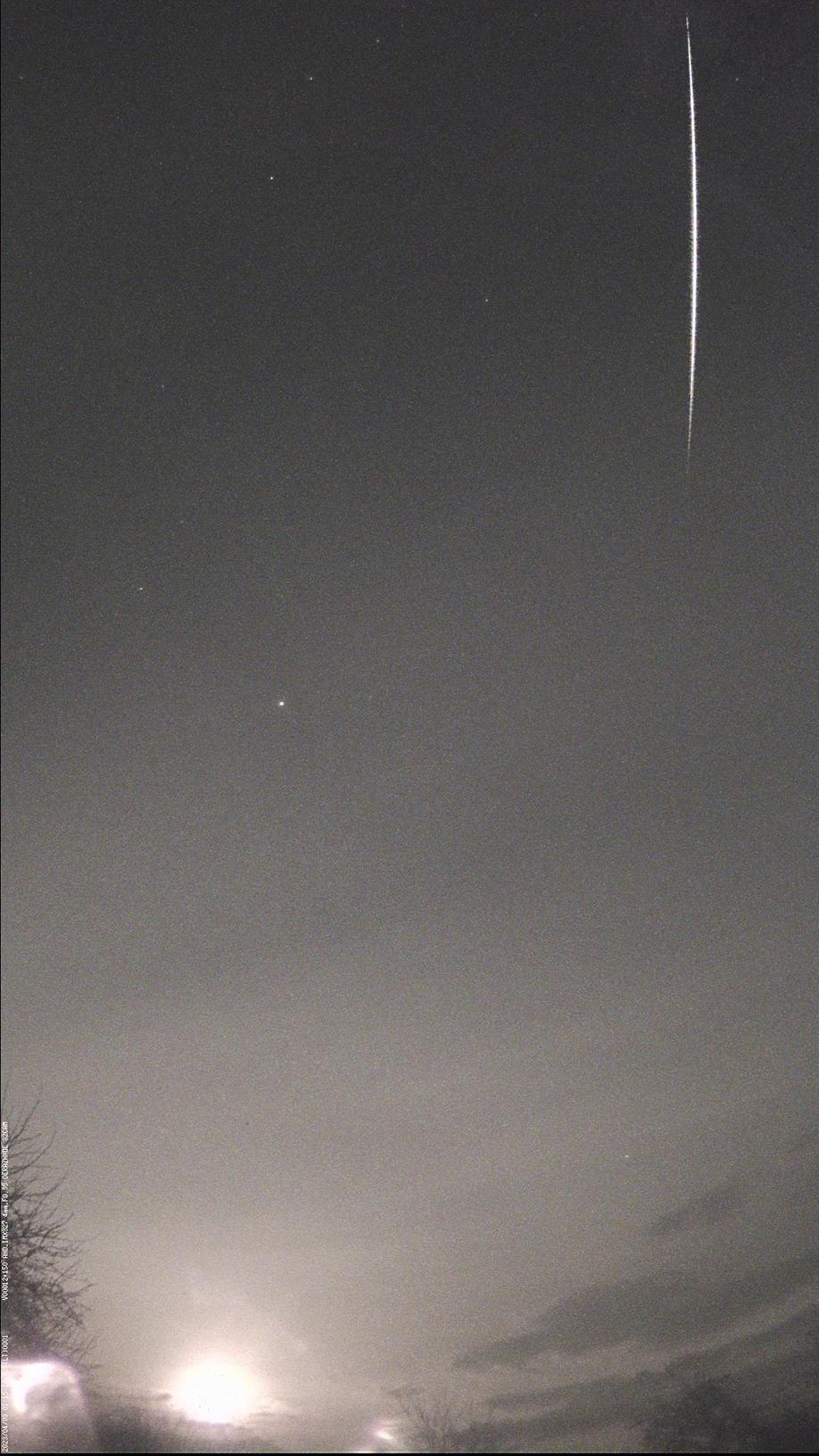
Figure 1 – Bright OAV on April 08 at 22h15m13s UT by Yuri Harachka on video observations in Derazhnoe.
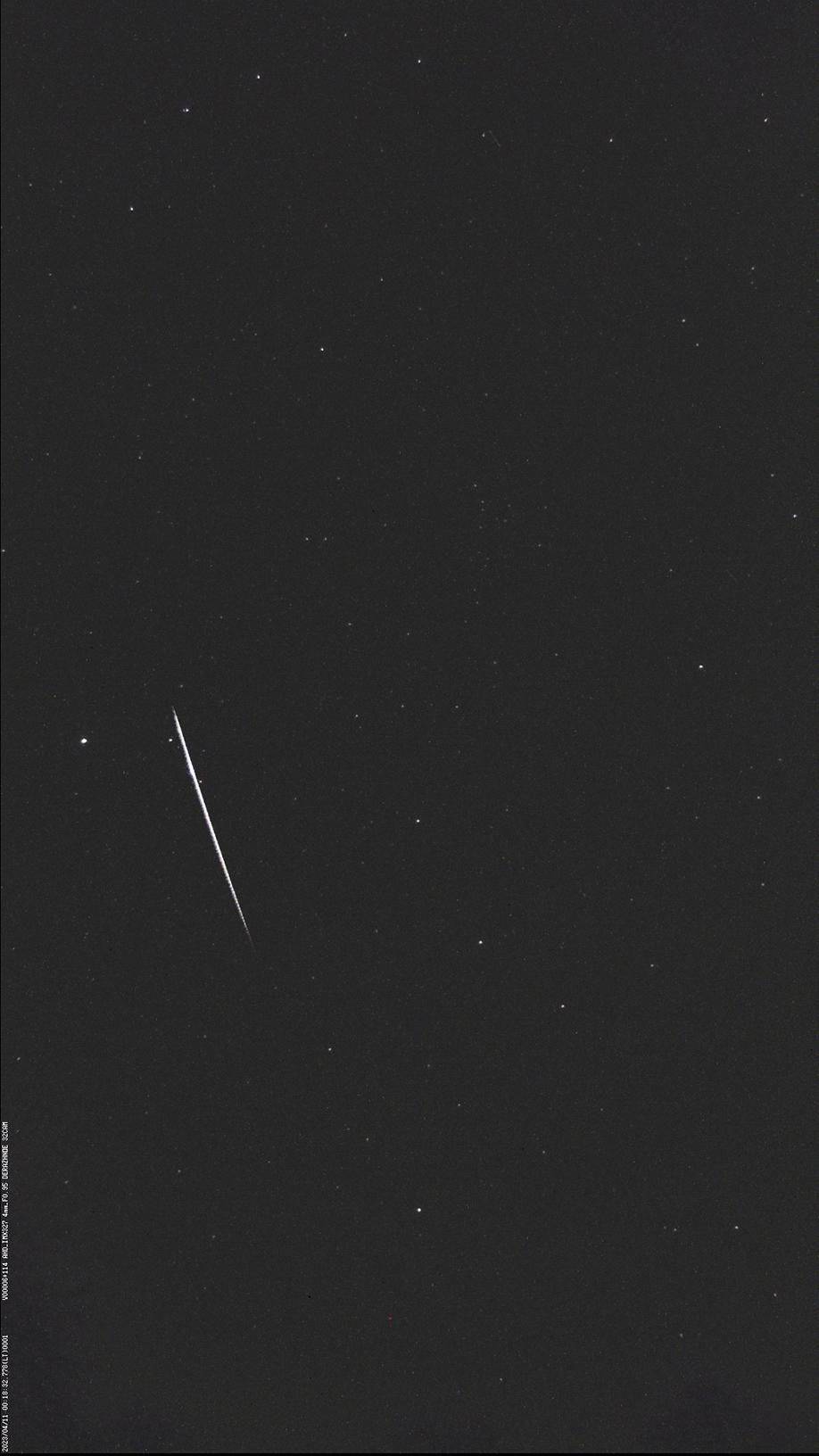
Figure 2 – Bright OAV on April 10 at 21 h 18 m 32 s UT by Yuri Garachka on video observations in Derazhnoe.
Figures 1 and 2 show images of bright OAV meteors from the video camera. The meteors moved from bottom to top.
2 Some results
Of the 8 paired meteors during the night of April 8–9, 3 formed a perfect and tight fit compared to the theoretical OAV radiant. The averaged radiant coordinates and orbital elements are compared in Table 1:
Table 1 – The average orbit compared to the reference orbit given for the 68 Virginids (OAV#00651).
|
2023 |
Jenniskens et al. (2016) |
|
|
λ ʘ (°) |
18.478 ± 0.095 |
16.0 |
|
α g (°) |
203.6 ± 0.7 |
202.0 |
|
δ g (°) |
–14.5° ± 0.4° |
–13.5 |
|
v g (km/s) |
28.2 ± 0.4 |
28.9 |
|
a (A.U.) |
2.39 ± 0.06 |
2.36 |
|
q (A.U.) |
0.40 ± 0.01 |
0.392 |
|
e |
0.831 ± 0.006 |
0.842 |
|
ω (°) |
108.4° ± 1.6 |
109.8 |
|
Ω (°) |
198.47° ± 0.09 |
197.4 |
|
i (°) |
4.8° ± 0.3 |
4.7 |
|
T j |
2.93 |
2.93 |

Figure 3 – the results of the calculation of bases in UFO Orbit according to the Belarusian video network on April 8, 2023.

Figure 4 – the result of calculating the orbit in UFO Orbit according to the video observations of the Belarusian video network (projection on the ecliptic plane).
3 CAMS Data
Figure 5 and 6 show OAV shower orbit activity based on CAMS data as of April 16, 2023.
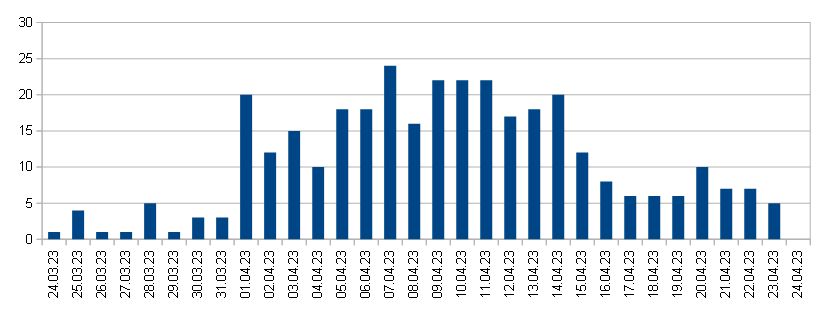
Figure 5 – OAV activity (#00651) in 2022 according to CAMS.
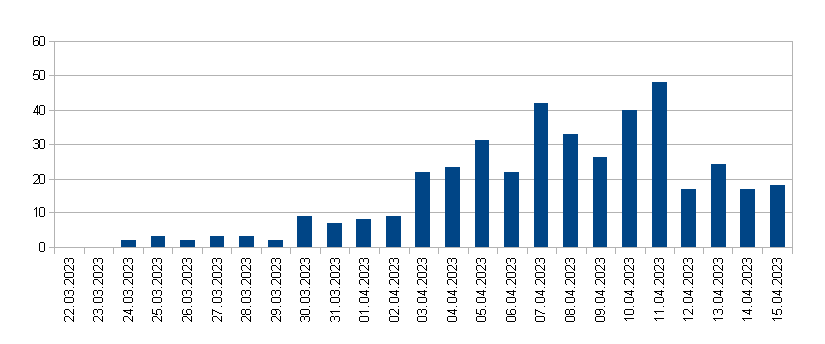
Figure 6 – OAV activity (#00651) in 2023 according to CAMS.
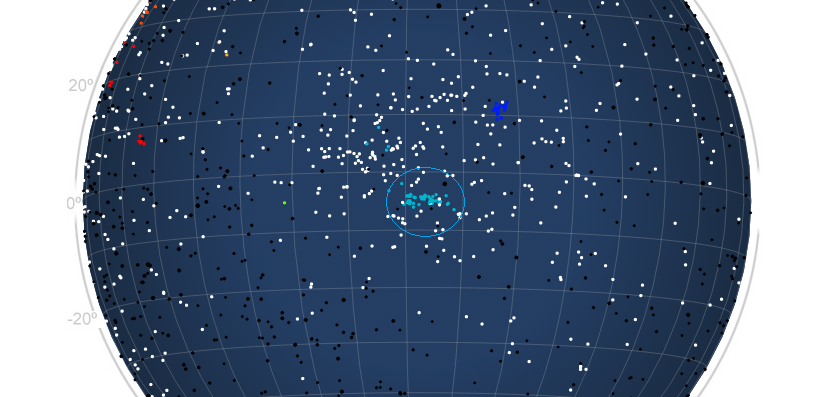
Figure 7 – Radiant position OAV on April 11, 2023 according to
CAMS data.
Figure 7 shows the location of the OAV radiant on April 11, 2023 at the time of maximum activity.
4 Conclusion
Data from the Belarusian video network and CAMS data proves that the 68 Virginid (OAV#00651) displayed increased activity in 2023.
Acknowledgments
Thanks to Yuri Harachka from the astronomical group “Astronominsk” and all observers of the Belarusian video network. I thank Paul Roggemans for correcting this article.
References
Jenniskens P., Nénon Q., Gural,, P. S., Albers J., Haberman B., Johnson B., Morales R., Grigsby B. J., Samuels D., Johannink C. (2016). “CAMS newly detected meteor showers and the sporadic background”. Icarus, 266, 384–409.
Jenniskens P., Gural P. S., Dynneson L., Grigsby B. J., Newman K. E., Borden M., Koop M., Holman D. (2011). “CAMS: Cameras for Allsky Meteor Surveillance to establish minor meteor showers”. Icarus, 216, 40–61.


